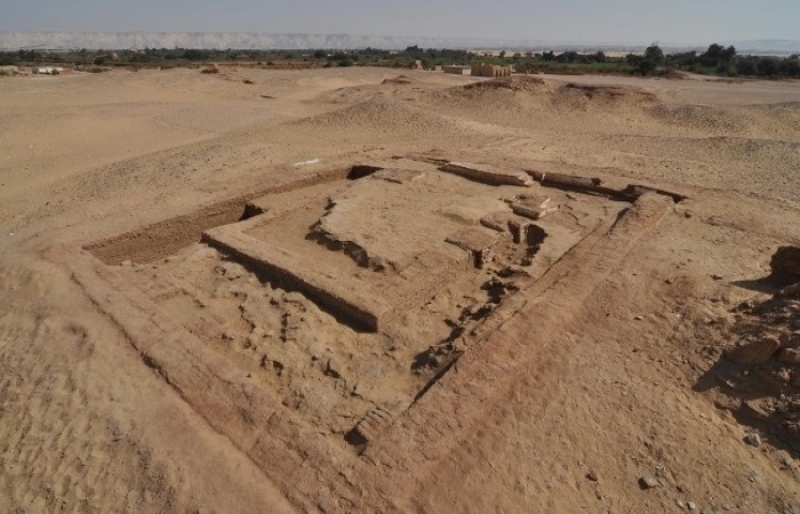
An archaeological team from New York University has uncovered discoveries about an early Christian church in Egypt, including 17 human remains and the stories they reveal.
Experts unearthed the ruins of a church, dated to around the mid-fourth century, during an ongoing excavation of Trimithis (also known as the ancient city Amheida), an ancient city located near the western edge of the Dakhla Oasis in the western desert.
Trimithis was once a settlement during Egypt’s Roman period, which lasted from 30 B.C. until the Muslim conquest in 641 A.D.
The international research team is led by New York University’s Institute for the Study of the Ancient World (ISAW).
According to NYU, excavation work in Trimithis resumed in 2023 after a seven-year hiatus, a pause exacerbated by the COVID-19 pandemic, while experts continue to study various buildings, inscriptions, and bathhouse facilities.
Project Director David Ratzan, who also heads ISAW’s library, described the church as one of the most “exciting” discoveries. He noted that while believers gathered to worship before the Roman Emperor Constantine made it illegal to persecute Christians, the design of this particular church is distinctive.
“In any case, churches in this style, based on the Roman basilica, a type of public building dedicated to administration and law, date back only to a generation or two before the church at Trimithis, since only then did Christians feel sufficiently confident to build proudly public spaces of worship,” Ratzan explained.
More surprising to experts than the church’s design was the discovery of 17 bodies buried within. Twelve of the remains were found in crypts beneath what would have been the altar and pastophoria, which are areas within an early Christian church used for storing sacred items or service rooms.
Scientists were particularly focused on the fact that seven of the bodies buried in the crypt were female and eight were children or adolescents, including infants. Additional women may be among the remains, but determining a person’s sex from skeletons at certain ages is challenging.
“While there is good evidence that women were important in early Christianity, it was still surprising to find such a concentration of women and children buried in this church, since Roman Egypt was a patriarchal society," Ratzan stated.
Although the excavation of the church is complete, Ratzan noted that the team still has questions regarding the relationships among the buried individuals and whether they represented the majority or different segments of the Christian community in Trimithis.

















